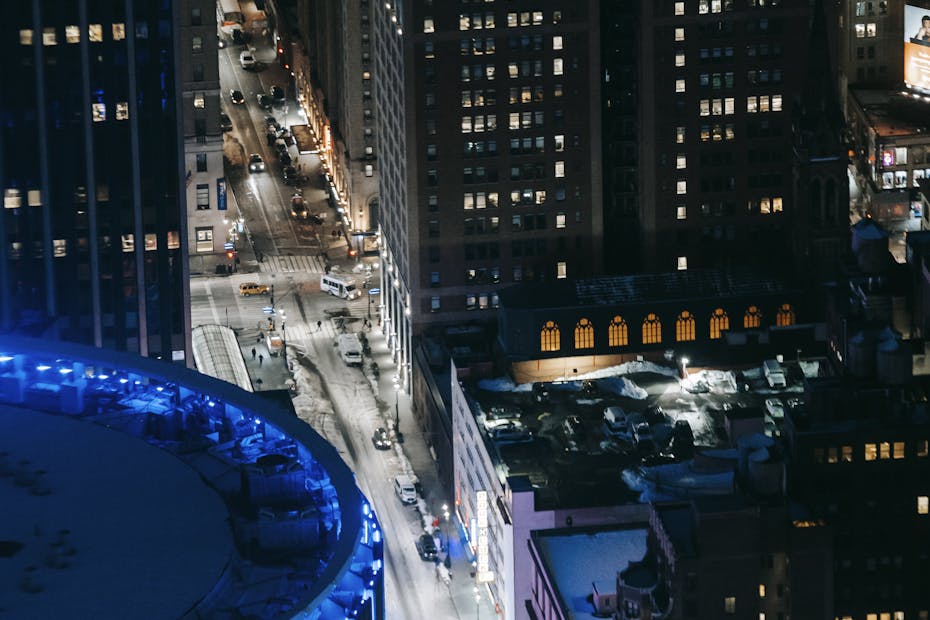Introduction: When the City Becomes Too Much
As urban populations boom and cities swell in scale and speed, a new urban challenge is emerging—Burnout Urbanism. This term captures the mental, physical, and emotional exhaustion generated by overstimulating city environments. These are the cities that never sleep—flooded with noise, crowds, ceaseless digital signaling, and unrelenting pace. Burnout Urbanism isn’t just a social issue; it’s a toxic urban condition that affects productivity, health, and community cohesion.
Defining Burnout Urbanism
Burnout Urbanism refers to the collective stress and fatigue induced by urban density, sensory overload, and relentless pace of metropolitan life. It’s more than city pollution, traffic jams, or crowded sidewalks—it’s the subtle erosion of wellbeing caused by overstimulation. Symptoms include anxiety, shortened attention spans, decreased empathy, and physical weariness. What makes Burnout Urbanism particularly insidious is its gradual onset and societal acceptance as a necessary cost of living.
The Triggers: Why Cities Overwhelm Us
1. Sensory Overload
Bright screens, honking cars, advertising billboards, crowded pedestrian paths, clashing colors, jarring textures, and crisscrossing signage—all competing for our attention. The constant visual and auditory assault contributes to cognitive overload and a depletion of focus.
2. Fast Pace and Always-On Culture
Early-morning commutes, late-night economies, 24/7 services, multitasking, and digital connectivity—city dwellers are perpetually “on.” This speed bleeds into the personal sphere and makes disconnection feel like a weakness.
3. Lack of Restorative Spaces
Despite parks and green spaces, many cities don’t allow quiet, slow moments. Small-scale, intimate retreats—cafés with natural light, shaded plazas, acoustic buffering—are rare and often overpriced.
4. Social Fragmentation
High population density doesn’t necessarily mean better social fabric. In fact, crowded areas can breed isolation and social anxiety. Burnout Urbanism arises when city life lacks meaningful connection.
Psychological Impacts of Burnout Urbanism
Cognitive Exhaustion
Chronic exposure to distractions lowers memory performance, attention span, and creativity. Studies show that urban noise correlates with reduced cognitive development in children and increased stress in adults.
Emotional Erosion
Constant stimulation suppresses empathy, promotes irritability, and heightens anxiety. In dense urban environments, pro-social behavior often takes a hit as people withdraw emotionally to survive the sensory onslaught.
Physical Strain
Sleep deprivation, city pollution, repetitive and hurried movement—these all degrade health. Hypertension, weakened immune systems, and chronic fatigue are common consequences of Burnout Urbanism.
Cities & Burnout: Case Examples
- New York City: Known for its unstoppable energy, but also widely reported as a city that never gives its residents a minute’s rest.
- Delhi: High pollution, sensory clutter, stifling traffic, and extreme densities combine with a lack of public sanctuaries.
- Tokyo: Despite its order, the relentless pace, crowded trains, and pressuring work culture fuel burnout among residents.
These cities exemplify Burnout Urbanism in high contrast—glamorous urbanism at a cost.
Urban Design Interventions Against Burnout
1. Pocket Sanctuaries
Small gardens, shaded terraces, art installations, acoustic alcoves—and even quiet walls—can act as micro-breaks amid city chaos.
2. Green Corridors & “Everyday Nature”
Linear parks, street trees, rooftop forests. Access to even small bits of greenery dramatically lowers stress and restores concentration.
3. Temporal Zoning for Slow City Intervals
Car-free hours or pedestrian moments restore calm. Cities like Bogotá (with its Ciclovía street closures) and Paris (via Sunday car bans) create breathing space in time rather than just place.
4. Sensory-Aware Materials
Urban surfaces that absorb noise, reduce reflection, soften lighting transitions—support mental ease. Valued elements include tactile textures, natural light modulation, and human scale.
5. Participatory Urban Making
Joining public space to community voice ensures places feel owned and socially restorative—not just busy or commercial.
Designing Cities for Human Rhythms
Combatting Burnout Urbanism requires architectural and planning strategies that align with human rhythms, not only urban efficiencies:
- Emotional Mapping: Spatial analysis based on stress, movement, and downtime triggers.
- Intention-Based Design: Creating spaces not just for transit, but for pausing and reflection.
- Hybrid Architecture: Mixed uses that allow work-life balance—like quiet residential corridors with neighborhood amenities tucked within.
Measuring Success Differently
The health of a city should be measured not in GDP or skylines, but by indicators of psychological wellbeing: levels of civic happiness, access to pause spaces, pedestrian comfort, and social interaction quality. If burnout is rising, cities are failing.
The Way Forward: Urban Empathy
Burnout Urbanism isn’t an inevitable byproduct of density; it’s a symptom of design choices. Cities – and their designers – can choose to be restorative. We can envision urban futures where the city heals, not harms; where design is not about spectacle, but about space and mind alignment.
If we define progress by the breadth of human experience, not just the height of buildings, we can overcome Burnout Urbanism — and then build cities that restore us, instead of exhausting us.
